There’s strength in numbers, which is why six internationally-minded artists have joined forces to share the pleasure of making with as many people as they can. Intreccio Creativo is an artists’ collective—Kirstie Mathieson, Akado Nakamori, Jane Harman, Andrew Stone, Ilaria Ceccarelli, Pierre Cusseau and Stefania Tiranti—all from different backgrounds and working with different materials. Their aim is to ensure creativity in everyone’s lives by offering workshops, meetings, exhibitions, school and community projects, and collaborations throughout the Florence area.
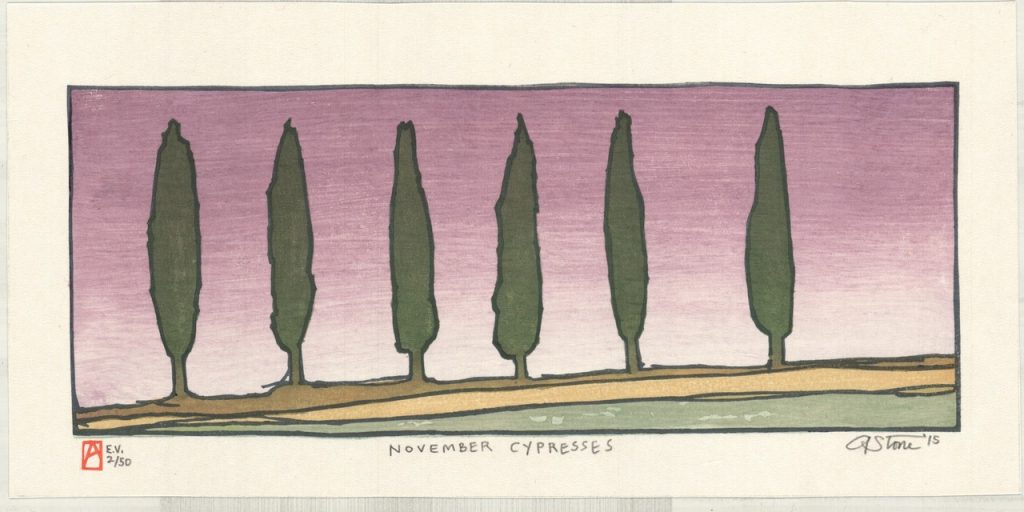
Their first event will take place on May 27 with a day full of workshops held at the Luigi Fantechi store (piazza Washington), just 25 minutes from Florence in the picturesque Tuscan town of Pontassieve. Each workshop lasts for 90 minutes and costs 20 euro. Expect a wide choice of activities, from sewing to Japanese painting, woodwork, pottery, cord work, paper flowers, and a personalized salt workshop. For more information and to book a workshop, contact Kirstie at kirstielovesart@hotmail.com.
The artists of Intreccio Creativo
Kirstie Mathieson is a Scottish ceramist who has been living in Florence since 2002, she is inspired by the beauty of Tuscany’s colour palette as it is often reflected in her work with pasture greens and seaside blues. After a nearly 20-year love affair with the region, she has met many people who have inspired her to continue creating, even when it felt difficult to do so. She finds that it can be complicated to be a contemporary maker in a city so rich with its own art history. Due to all the red tape that comes with gaining visibility, it can be hard to sell in a way that is sustainable. “I’d like to see the local authority showing more interest in crafters and artists. They don’t seem to see the potential that we have to make Tuscany even more interesting and beautiful than it is.” She would also like to see Florence return back to its more artisanal roots and fill up once again with botteghe and workshops. “Handcrafted items and working with one’s hands is almost a niche. Up until quite recently…it was a common sight to see people buzzing about making things. Schools and families taught children how to sew, knit, repair things, and to work with their hands. Things have moved on, but I believe people gain a lot from creating something unique from very little.”
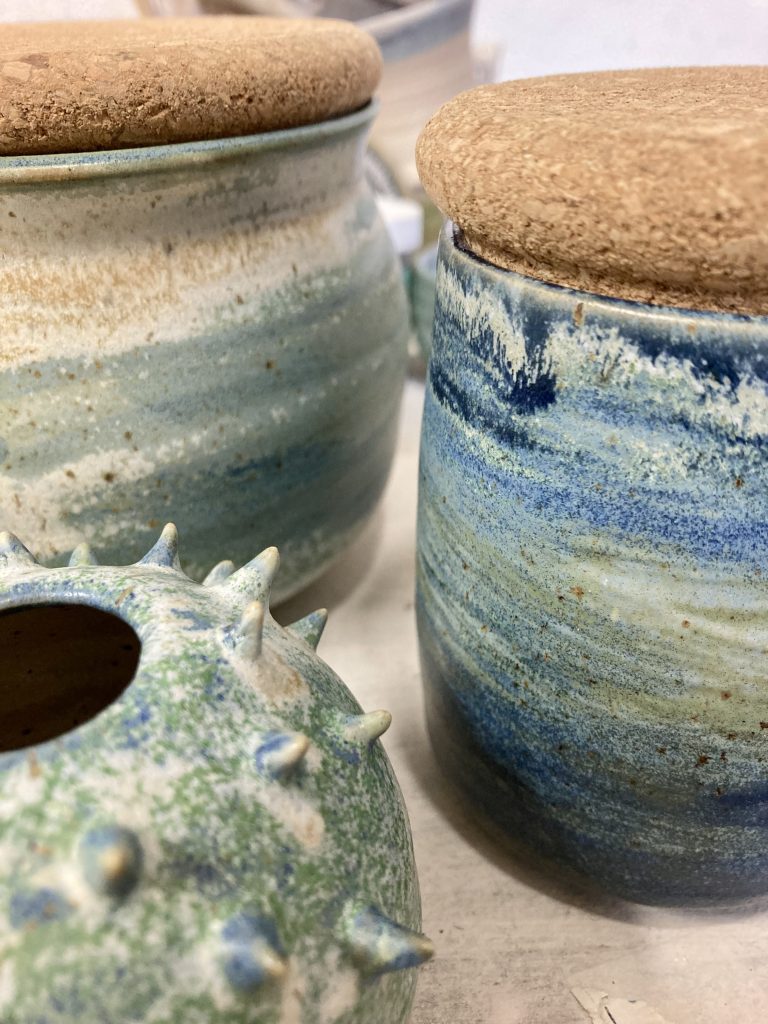
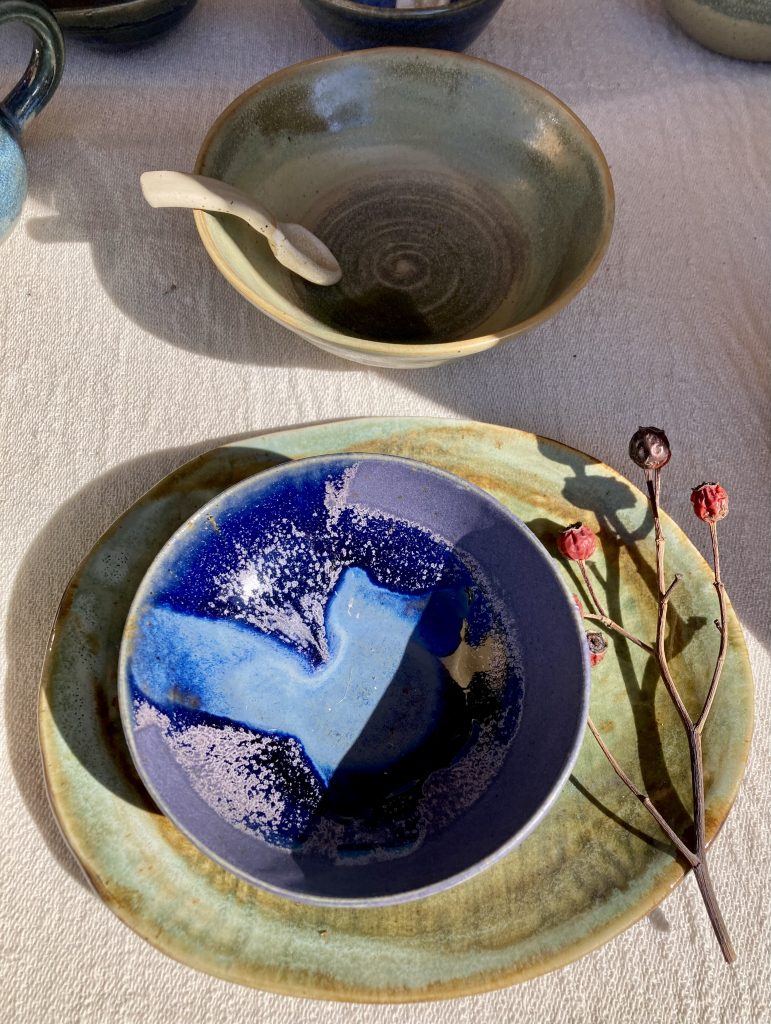
Born in Japan, Akado Nakamori has been living in Florence since 2004. Originally graduating in wood craftsmanship, she now makes bags and accessories using natural fabrics and techniques. In a zero-waste approach, the artisan creates everything from large handbags to fabric earrings, and even potholders using scrap materials. Stylistically, her Japanese roots are blended with her Italian surroundings using a myriad of fabrics, colors and prints. As someone with non-Italian roots, she’s grateful for the global community the city has to offer. “Fortunately, we have a lot of people from Florence who are interested in our work. We’re also lucky to have a lot of international tourists.” However, like many artists, she would like for her artistic community to be better recognized by the city and region. She believes that a city-sponsored showcase would help reach a wider audience and give artists greater visibility.
Originally from the UK, Jane Harman studied drawing and painting at the School of Fine Arts in Glasgow, Scotland before moving to Florence. Alongside restoring antique furniture, she also designs and makes wooden objects. During her time, she has taken advantage of all the city has to offer and utilizes it in her work. “Living in Florence for nearly 40 years has enabled me to absorb the beauty, history and culture of this incredible city.” A difficulty she faces now, however, is pricing. There seems to be a lack of understanding of the work, time and dedication that goes into hand-making a single piece. In conjunction, competitive pricing creates a major problem, considering the world is surrounded by an overdose of cheap merchandise. The cost of materials is always on the rise, but finished works cannot be priced much higher than similar objects that are produced industrially.
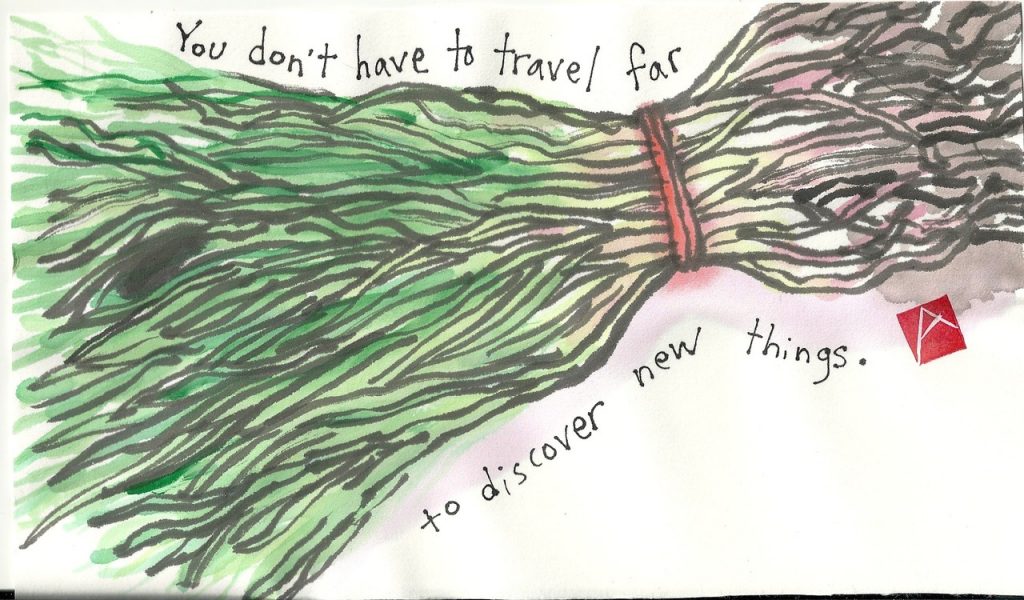
American printmaker and painter Andrew Stone understands he is a mixed bag. Using an obsolete Japanese craft in a Renaissance city as an American allows him to see things from a different perspective and pick up on details that might otherwise go unnoticed. It also helps him not to take things too seriously. Despite his style being decidedly un-Italian, the city and culture still filters its way into his works. He finds that there is an artistic “weight of the past” in Florence. “As the birthplace of the Renaissance and centuries of creative genius, it’s hard to get out from under that history.” Art is sometimes overwritten for Italians he meets and it’s not often that they go out and buy contemporary art. However, he enjoys the freedom that gives him. He can create whatever he wants in whatever direction he would like as he adds to the body of work he’s creating in Florence.
Pierre Cusseau was born in France where he completed a law degree before moving to Florence in 1975 and opening up a leather workshop a few years later. In establishing the Mestieri d’Arte Consortium, he discovered a love of cooking and growing herbs. As well as making herb salts and sugars and producing essential oils, he works as a “scent shepherd” with cooking schools and food industry professionals, such as chefs, bakers and sommeliers, to teach workshops on sensory experiences.
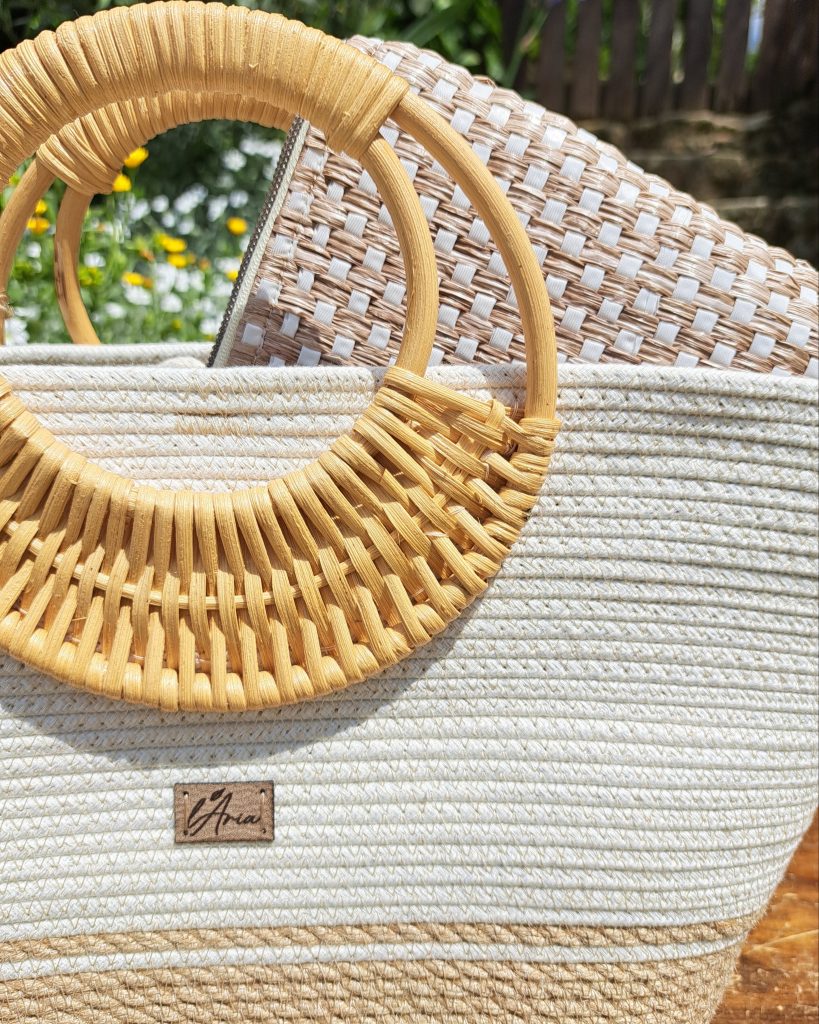
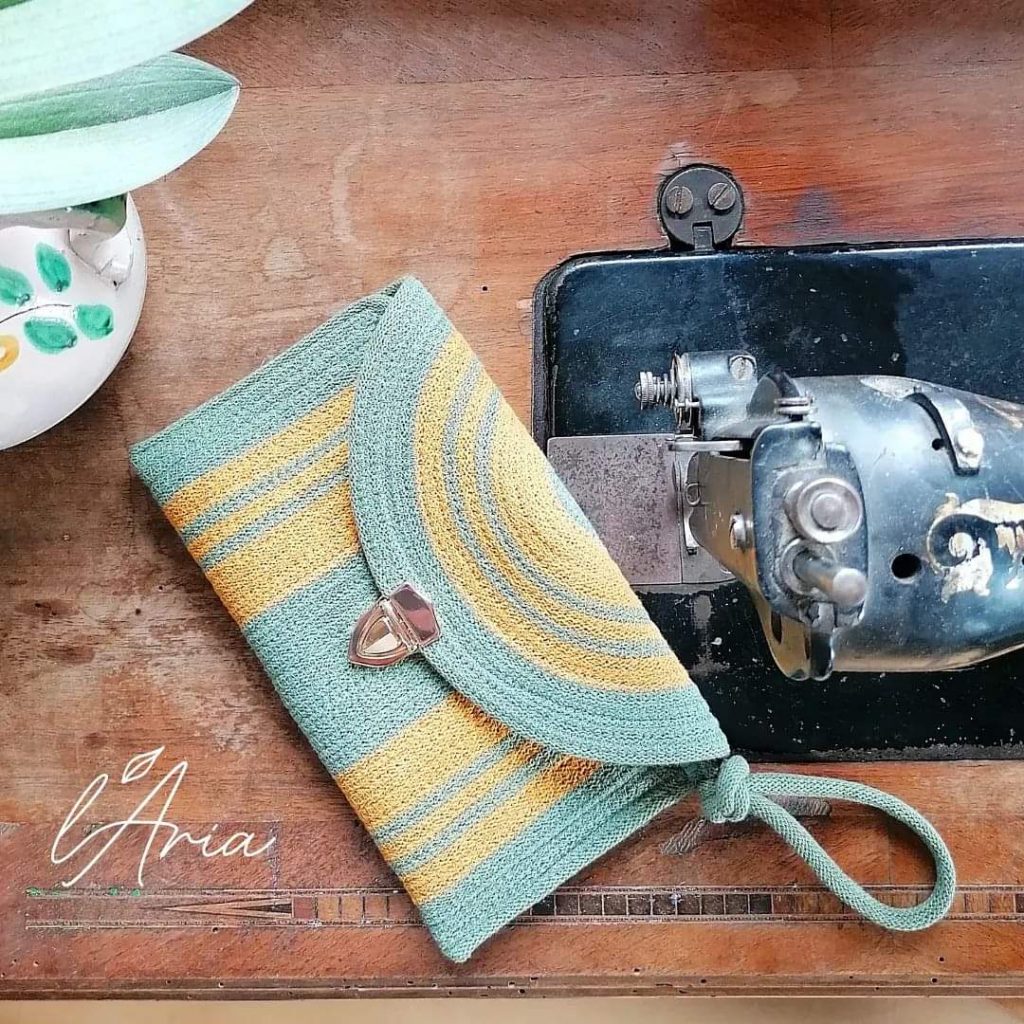
Florence native Ilaria Ceccarelli is an expert hand-weaver who creates home decor and accessories. After a career in the wine industry and becoming a mother of two, she found an insatiable desire to make things. Her work is heavily inspired by the rolling Tuscan hills that she calls home. “I grew up surrounded by the beauty and harmony of the imperfections of nature and artists, and for me craftsmanship means precisely seeking perfection in imperfection.” She finds that her greatest difficulty is placing a price on her work. Every piece that she creates takes an abundance of time, energy and dedication, so it’s hard to simply put a price tag on it once the finishing touches are done.
Stefania Tiranti has been making dried flower arrangements and paper flower decorations for the last 20 years. Her company StilediSte is always experimenting with new pairings of blooms and hues to brighten up and personalize living spaces. She takes pride in her process, which involves drying perennial grasses and flowers before arranging them into a myriad of combinations.








